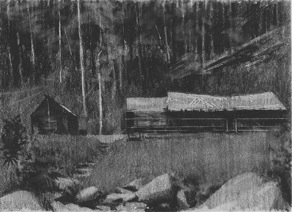
Only months prior to the rendering of these drawings many of the locations included here had been battlefields. Between July 1942 and January 1943 13,000 Japanese and 2,000 Australian soldiers died in combat, most of which took place in the Kokoda region of the Owen Stanley Range.
The men who came afterwards, to install or to maintain the lines of communication, did not risk their lives to the same degree, but they felt their job to be important, non the less, to the outcome of the war.
Like so many of the enlisted men, the artist was quite young -still in his mid 20s. He had joined up as a non-combatant due to pacifist leanings - and to having Austrian friends. He had recently married a woman he had met only a handful of times, while on leave between postings in Darwin and New Guinea.
Awaiting the birth of their first child, they were testing their own communication lines; writing to each other almost daily, each endeavouring to get to know the stranger they had married. Both John and 23 year old Phyllis (a textile designer) included drawings with their letters. The written diary is a narrative also addressed to Phyl. When their daughter was born in 1944 he began to carve a message stick, in the style of the local New Guineans, to record those significant events which he was unable to witness in person.
All works © John Arthur Nicholls 2007

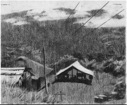


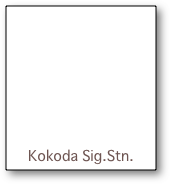
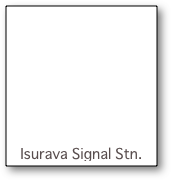
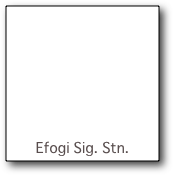
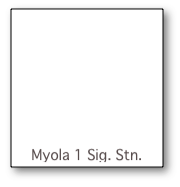
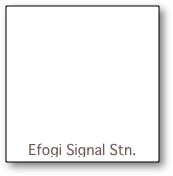
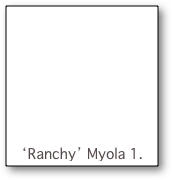
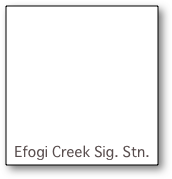
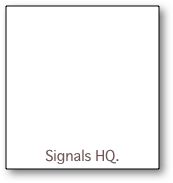
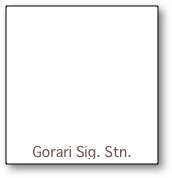







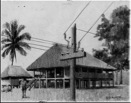

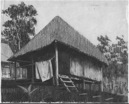





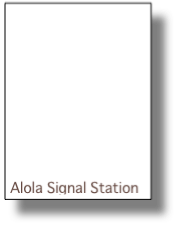
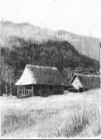

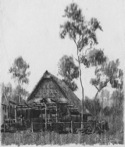
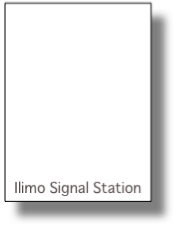

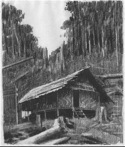
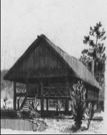
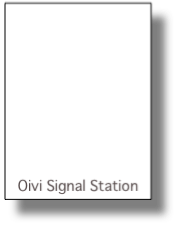
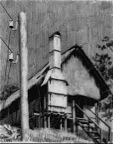
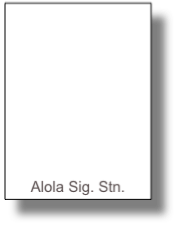
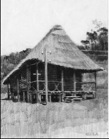


Templeton’s Crossing
